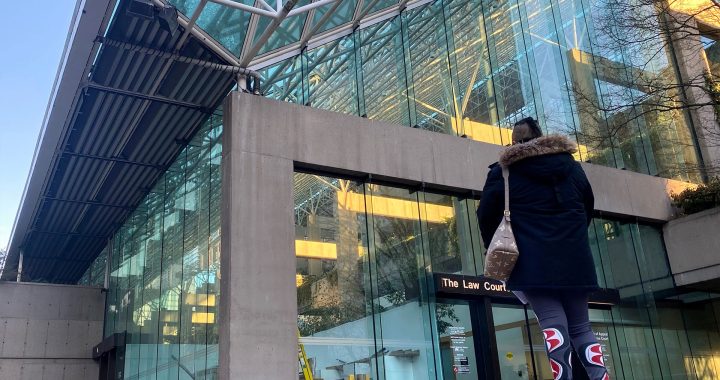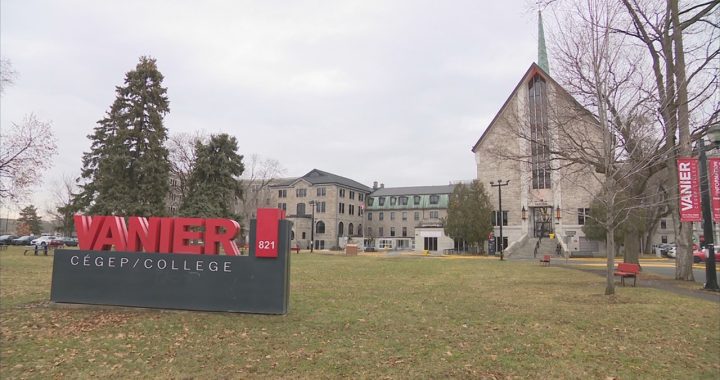While code red restrictions in Manitoba are in place to stop the spread of the COVID-19 virus, they’re having a dire effect on the city’s homeless population that has been forced to the streets.
“A lot of public spaces are closed, including libraries, community centres, coffee shops, fast food restaurants. So while all those doors are closed, what is open, what is always open, and wheelchair accessible and well ventilated and available to the public are these bus shelters on the transit infrastructure,” Kris Clemens, manager of Communications and Community Relations with End Homelessness Winnipeg told APTN News.
With a need to find shelter somewhere, bus shelters seem to be getting more activity in recent weeks.
Winnipeg Transit has also seen an increase from 2019 to 2020 in the amount of reports of people sleeping in bus shelters to Transit Control Centre, especially during the winter months. Some increases are more than double the year prior.
Megan Benedictson, a communications officer with Winnipeg Transit provided a statement to APTN outlining what operators and driver do in a situation they find someone in a bus shelter.
“Transit Inspectors who come across people inhabiting bus shelters assess the situation, provide information about emergency shelters that are open, and engage emergency responders if necessary to ensure safety.
Bus Operators who observe someone sleeping in our shelter are instructed to notify our Control Centre, so Inspectors and/or emergency personnel can respond as described above.”
Mitch Bourbonniere is a community outreach worker with numerous organizations in Winnipeg. He walks the streets every day and says he’s seen more people moving around as well due to the pandemic.
He is part of a new program called the Downtown Community Safety Partnership (DCSP) – designed to help those unsheltered in the city of Winnipeg.
“We’re going to be running 24 hours a day, we have vehicles, we’re going to have foot patrols, we have a connect team and our job is to support vulnerable people in our downtown of Winnipeg and make sure that they can get the safety and they can start the process of having a safer life,” Bourbonniere said.
He added the new partnership will try alleviate some of the stress on emergency personnel.
“We’re trying to take pressure off police, fire paramedic, and first responders. We’re going to have some medical people with us 24 hours a day and we’re going to look forward to working with our partners, with the other folks that work with our unsheltered population.”
Bourbonniere also said that while it may not be a typical Winnipeg winter in terms of the weather, the daily patrols will be that much more important when the cold hits.
“I think we have to literally daily visit the bus shelters and talk to people and say what’s your plan? What’s your plan for tonight you know, can we guide you help you, support you in any way we can because it’s going to get colder and that’s probably the other reason we’re seeing a lot of people out and about, it hasn’t been real cold yet here in Winnipeg, but it’s coming.”
Clemens said there are a couple of options as to what might help bring these numbers down, partly due to learning from what happened after the first lockdown in the spring and summer.
“We know that based on what happened in the spring, that the solutions to this are either a reopening of the public spaces that people would otherwise access. Or on the other hand some more sustainable housing options for people,” Clemens said.
“Outreach workers, even city councillors interacting with those who are staying in bus shelters are generally hearing that what people are seeking is a safe place to call home.”










